In the meantime, Lincoln was sworn in to the
office of the Presidency for a second term. Lincoln sensed that the war
was finally drawing to a close, although exactly when the killing might
end was still an uncertain matter. But in his Second Inaugural Address,
Lincoln was already looking to what lay ahead as the Union moved to
reunite and mend the wounds of the war. He reviewed the course of the
war, spoke lengthily of the hand of God in using the war to transact
justice in a morally challenged (slavery) America, and looked forward
to a postwar healing of the entire nation, North and South. In the
first part of this address he went over the origins of the war. He then
continued:
... Neither
party expected for the war, the magnitude, or the duration, which it
has already attained. Neither anticipated that the cause of the
conflict might cease with, or even before, the conflict itself should
cease. Each looked for an easier triumph, and a result less fundamental
and astounding. Both read the same Bible, and pray to the same God; and
each invokes His aid against the other. It may seem strange that any
men should dare to ask a just God's assistance in wringing their bread
from the sweat of other men's faces; but let us judge not that we be
not judged. The prayers of both could not be answered; that of neither
has been answered fully. The Almighty has His own purposes.
He then explained that slavery was one of
those offenses against God that God would allow – but only until such
time as he was ready to exact his judgment, through the terrible war
they had been experiencing.
If we shall
suppose that American Slavery is one of those offences which, in the
providence of God, must needs come, but which, having continued through
His appointed time, He now wills to remove, and that He gives to both
North and South, this terrible war, as the woe due to those by whom the
offence came, shall we discern therein any departure from those divine
attributes which the believers in a Living God always ascribe to Him?
Fondly do we hope – fervently do we pray – that this mighty scourge of
war may speedily pass away. Yet, if God wills that it continue, until
all the wealth piled by the bond man's two hundred and fifty years of
unrequited toil shall be sunk, and until every drop of blood drawn with
the lash, shall be paid by another drawn with the sword, as was said
three thousand years ago, so still it must be said the judgments of the
Lord, are true and righteous altogether.
He concluded:
With malice
toward none; with charity for all; with a firmness in the right, as God
gives us to see the right, let us strive on to finish the work we are
in; to bind up the nation's wounds; to care for him who shall have
borne the battle, and for his widow, and his orphan – to do all which
may achieve and cherish a just, and a lasting peace, among ourselves,
and with all nations.
These were the words of a great leader,
made ever wiser by the very impossibility of meeting the challenges he
had facing him solely through his own intellectual abilities. Lincoln
had learned to persevere in the face of massive uncertainty and huge
risk, simply by trusting that he was merely a servant of the will of
God himself and that it was up to God – not Lincoln – to bring the true
and the good to bear in this Covenant nation that God himself had,
centuries earlier, called into being. Indeed, this was the kind of
wisdom that few American leaders after Lincoln were able to match even
on a partial basis.

 Sherman heads north from Savannah through the
Carolinas
Sherman heads north from Savannah through the
Carolinas Lincoln begins his second term (March 4)
Lincoln begins his second term (March 4)
 The crushing of the Deep South (March-April)
The crushing of the Deep South (March-April)
 The Fall of Petersburg and Richmond
The Fall of Petersburg and Richmond
 Lee’s surrender at Appomattox (April
9)
Lee’s surrender at Appomattox (April
9)
 Lincoln is assassinated (April 14)
Lincoln is assassinated (April 14)
 Taking stock of it all
Taking stock of it all






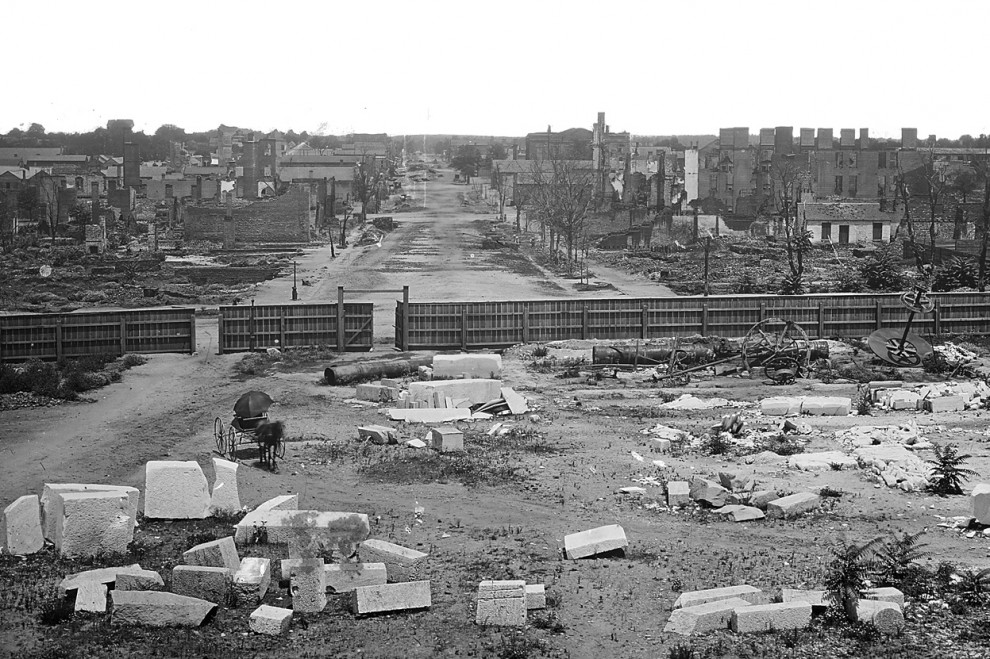

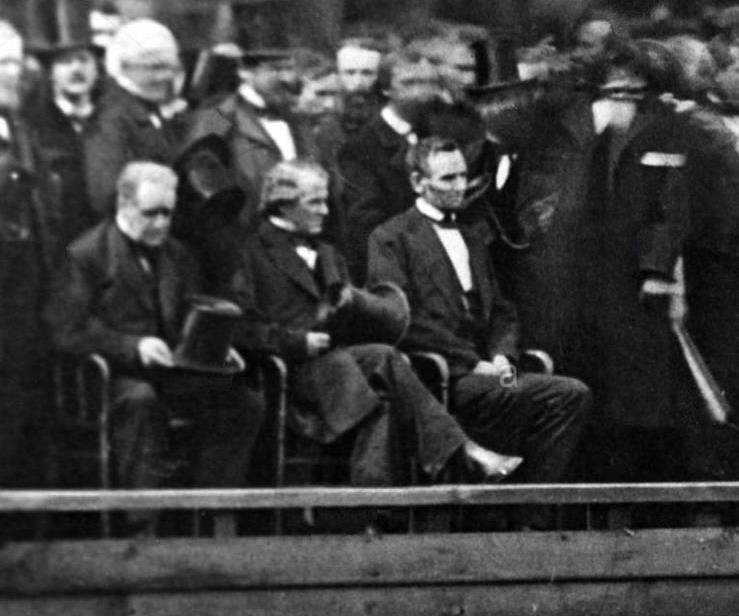


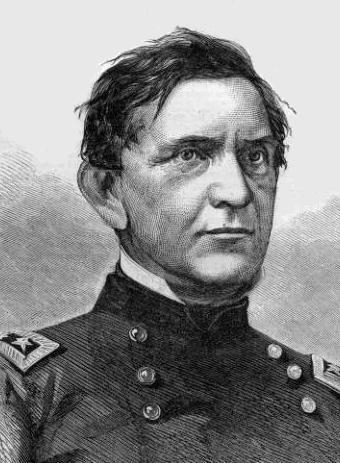




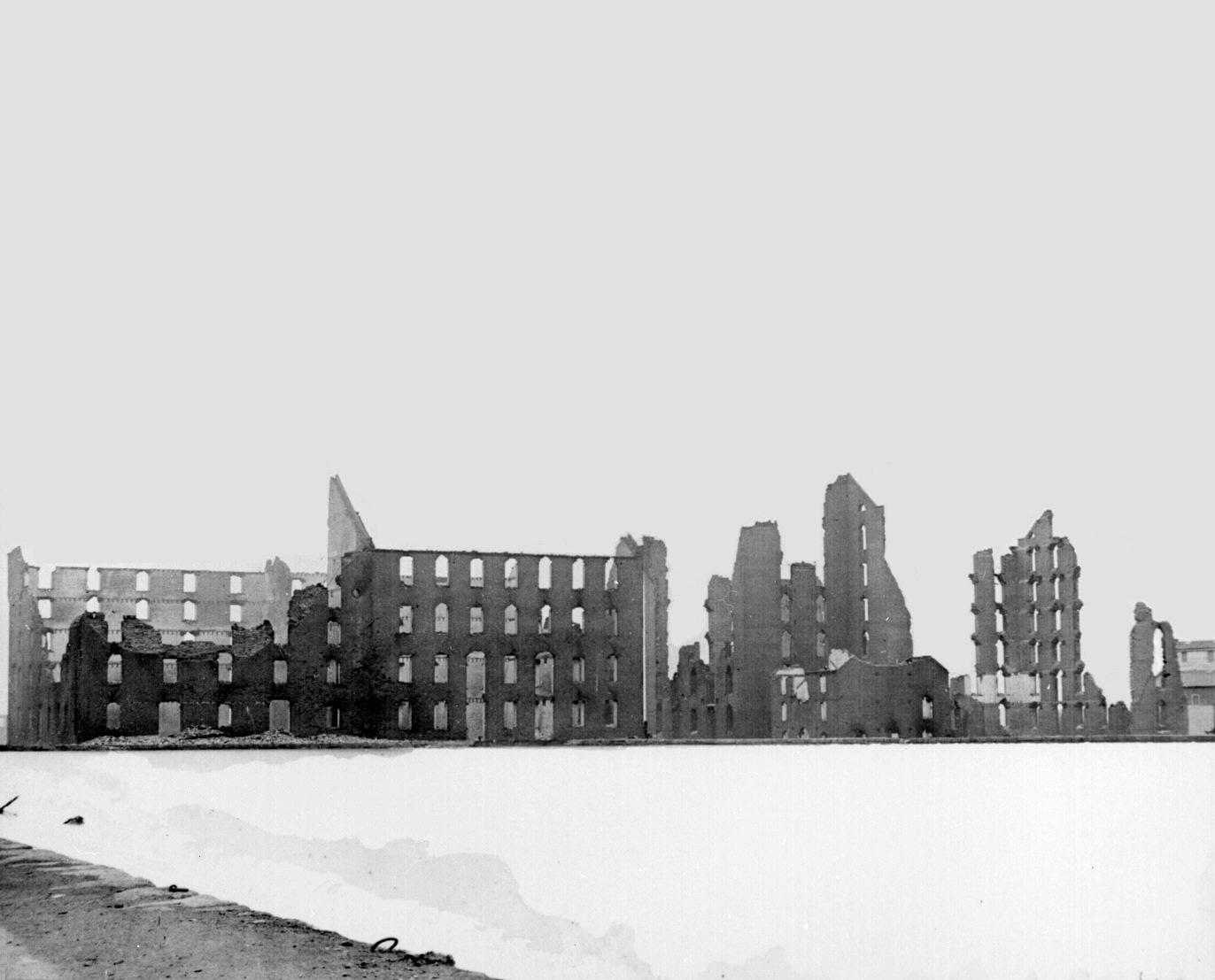
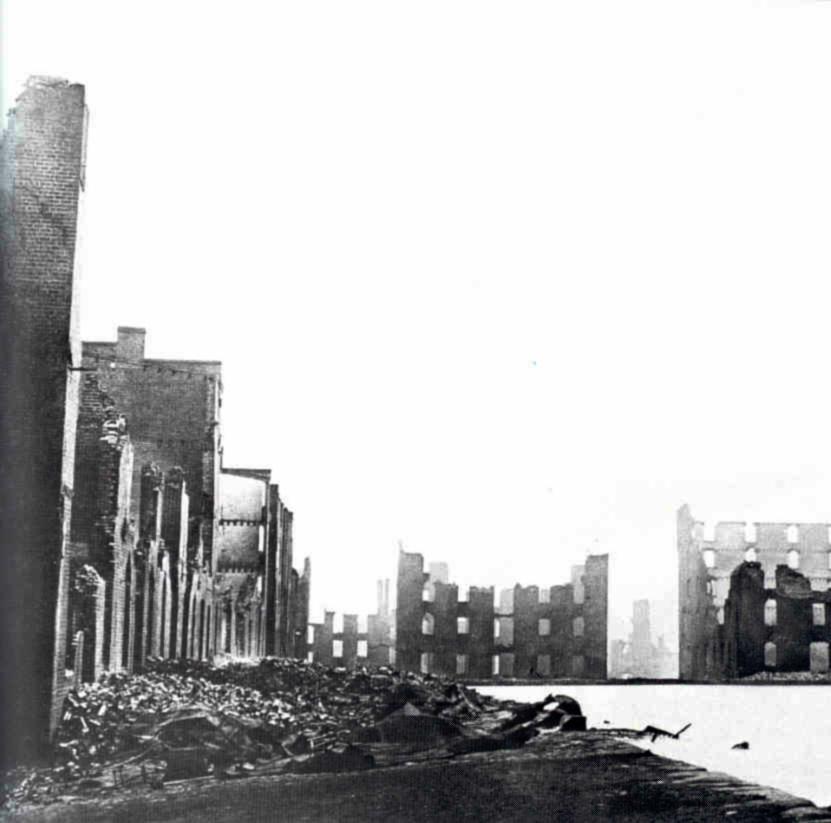
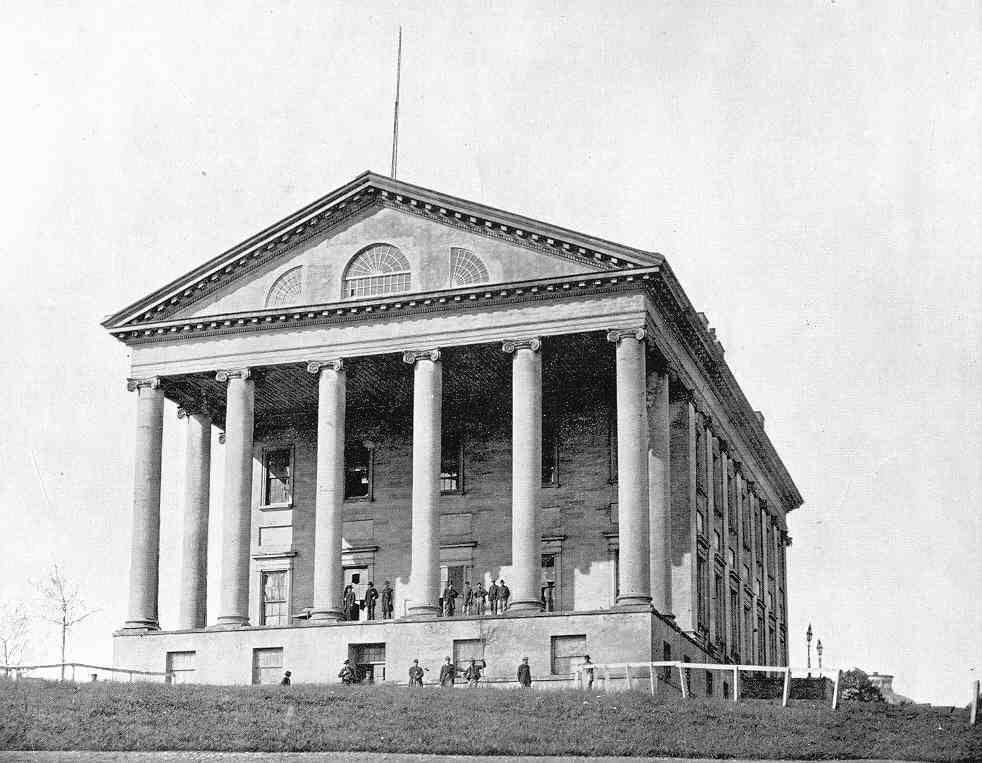
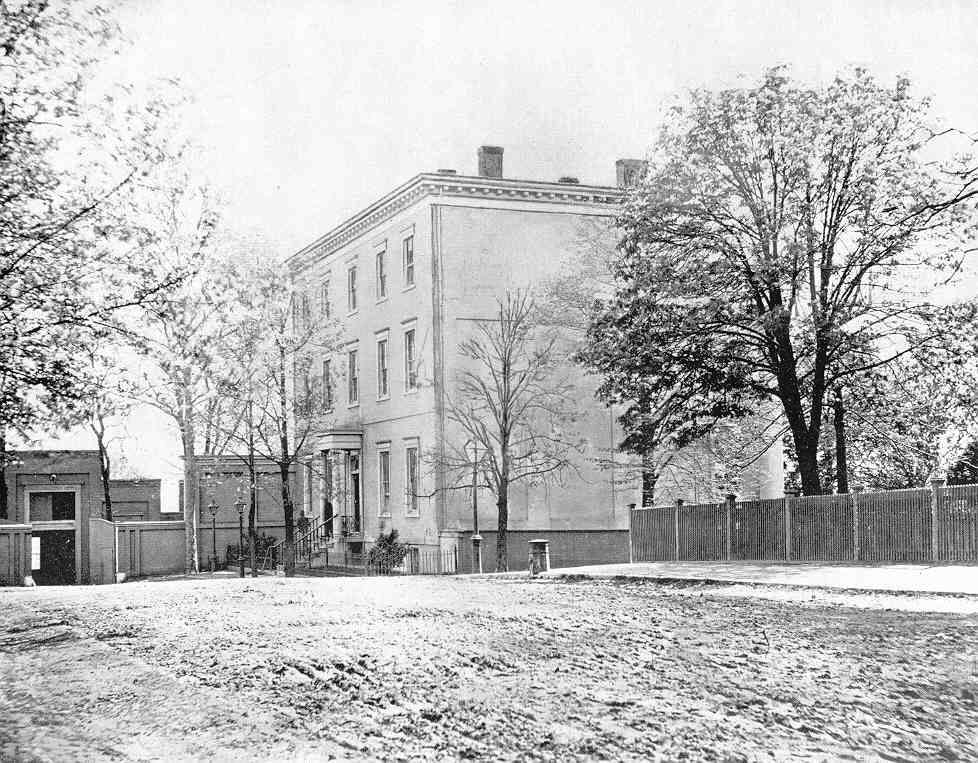
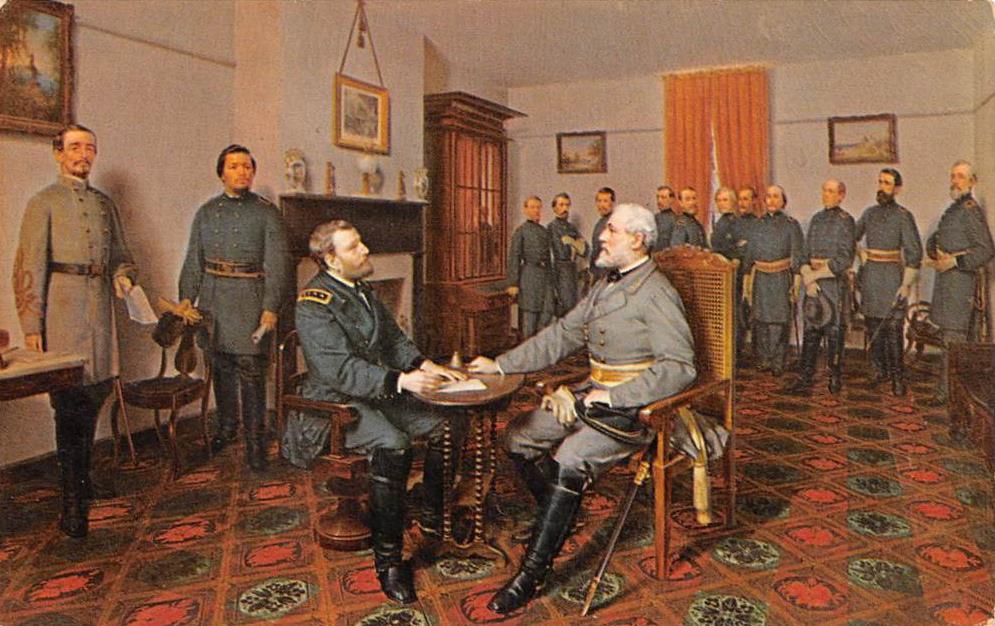

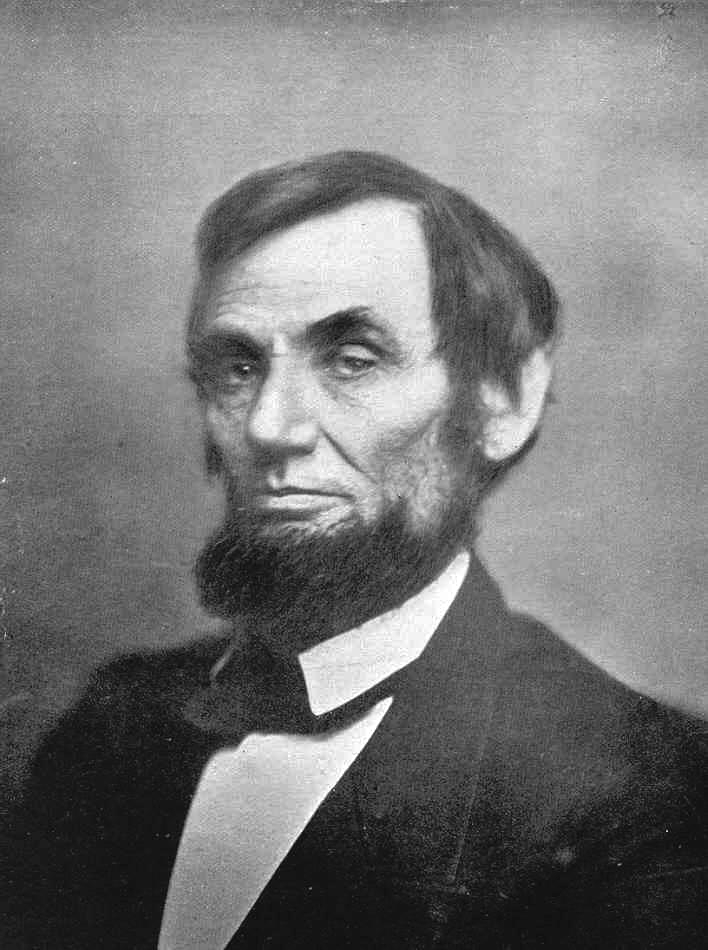
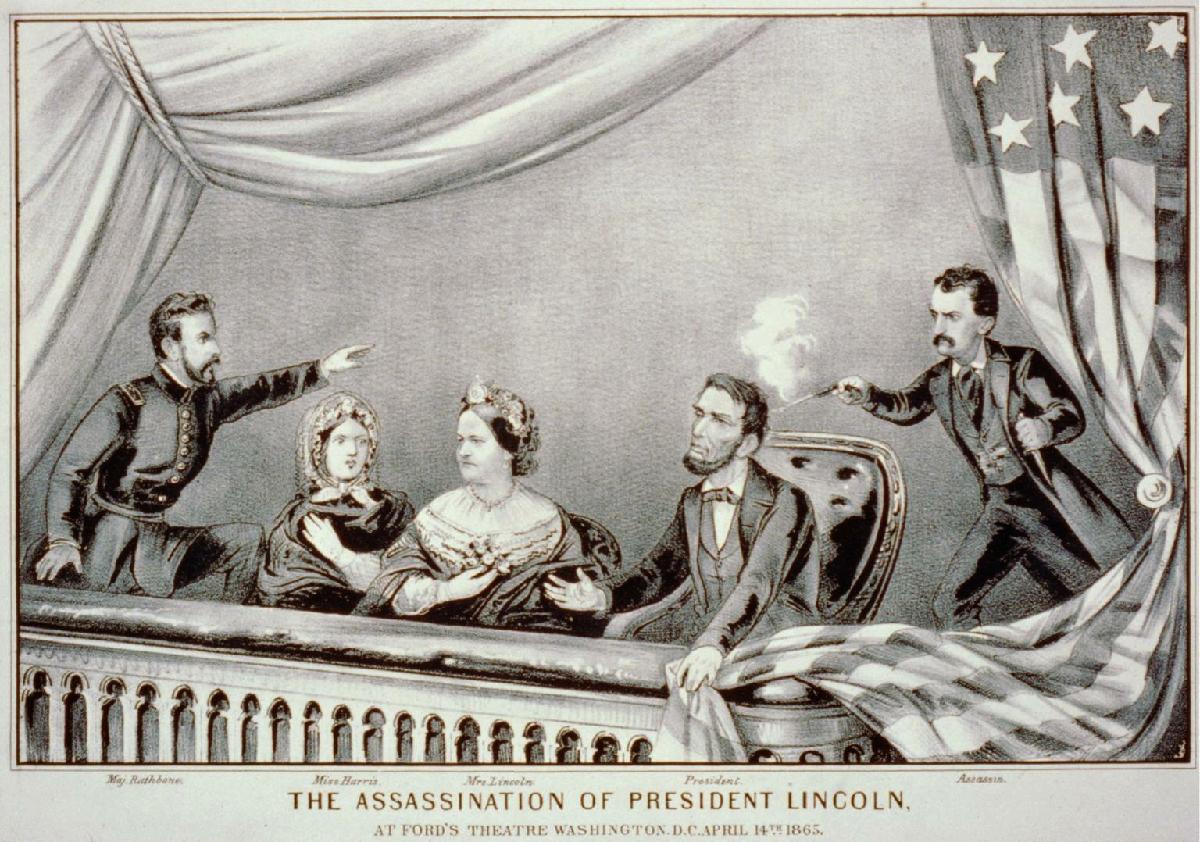

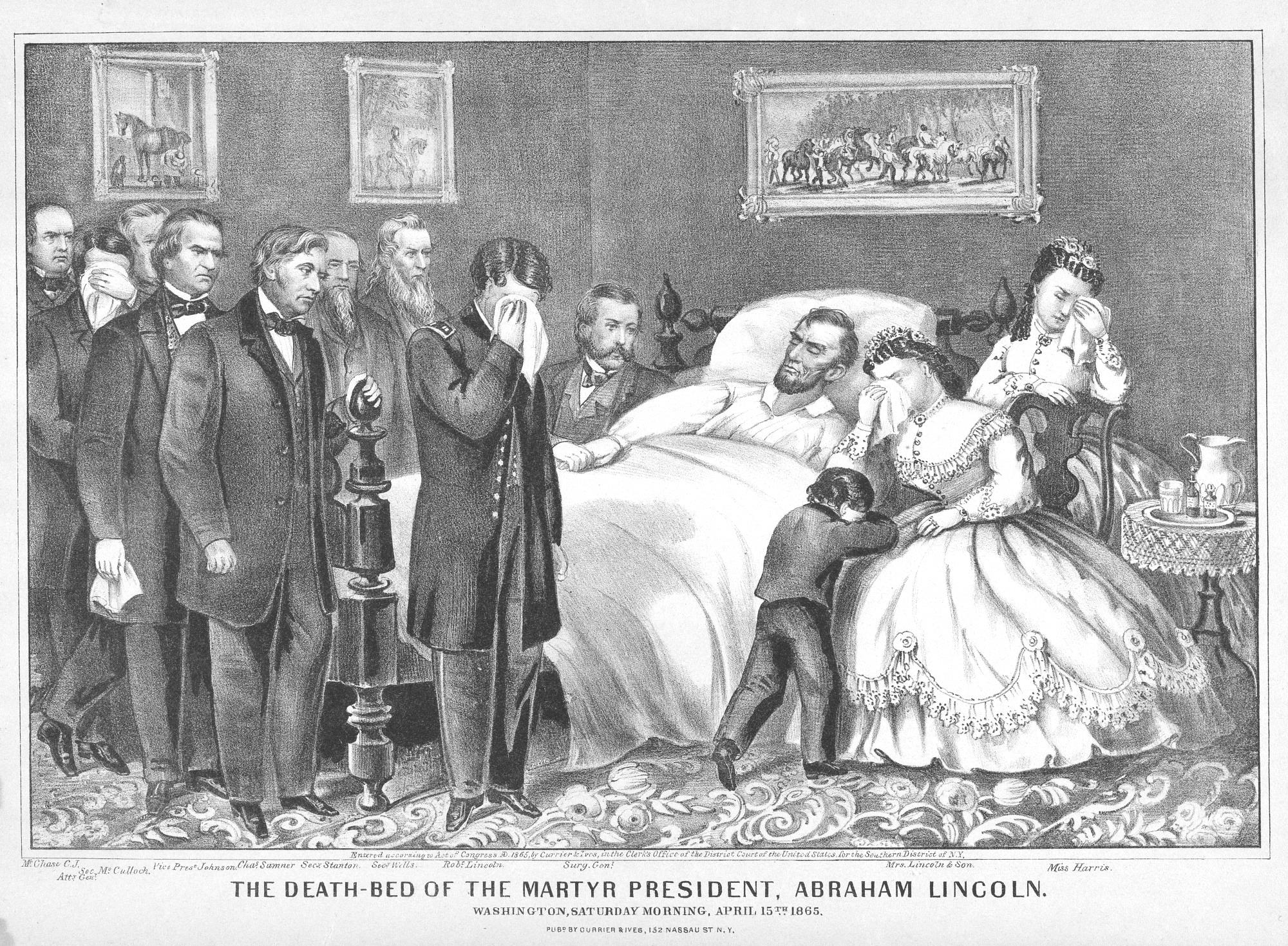




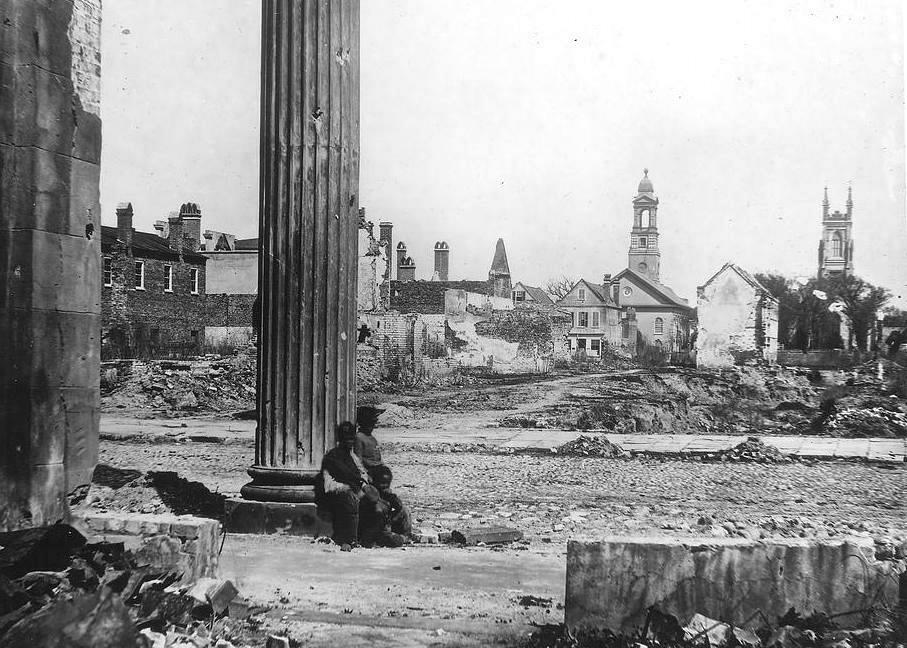
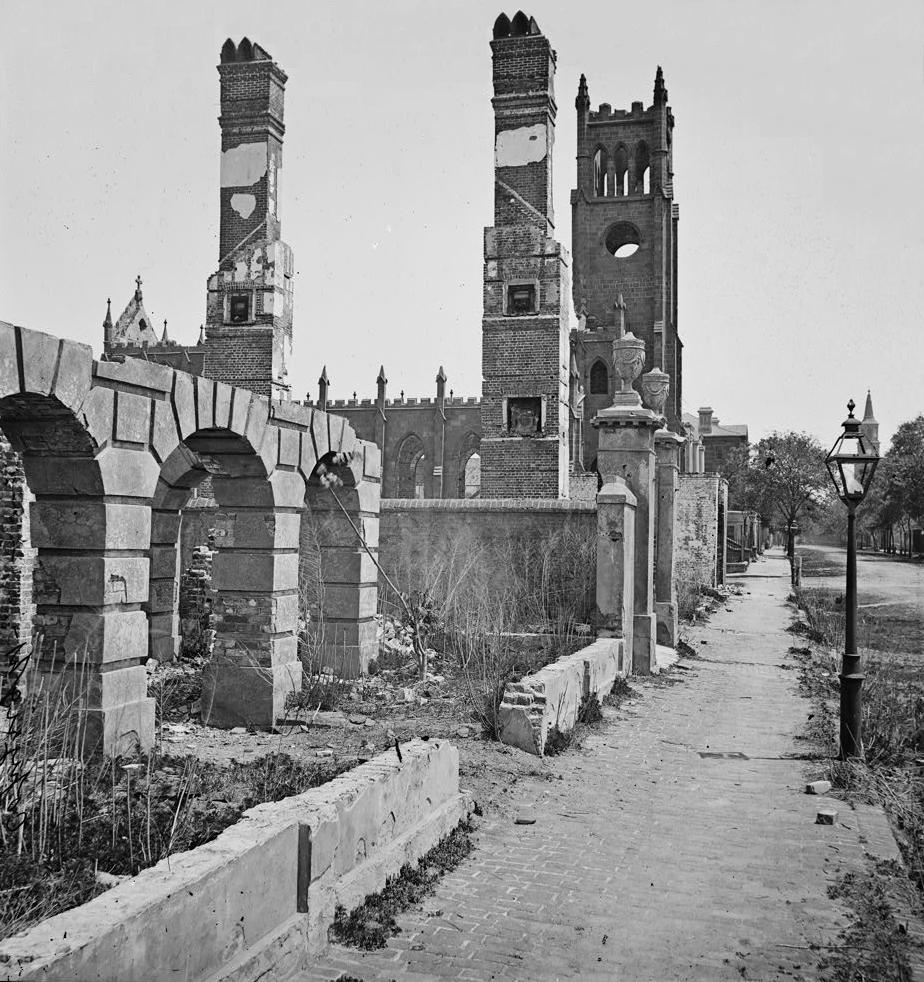


 Miles
H. Hodges
Miles
H. Hodges